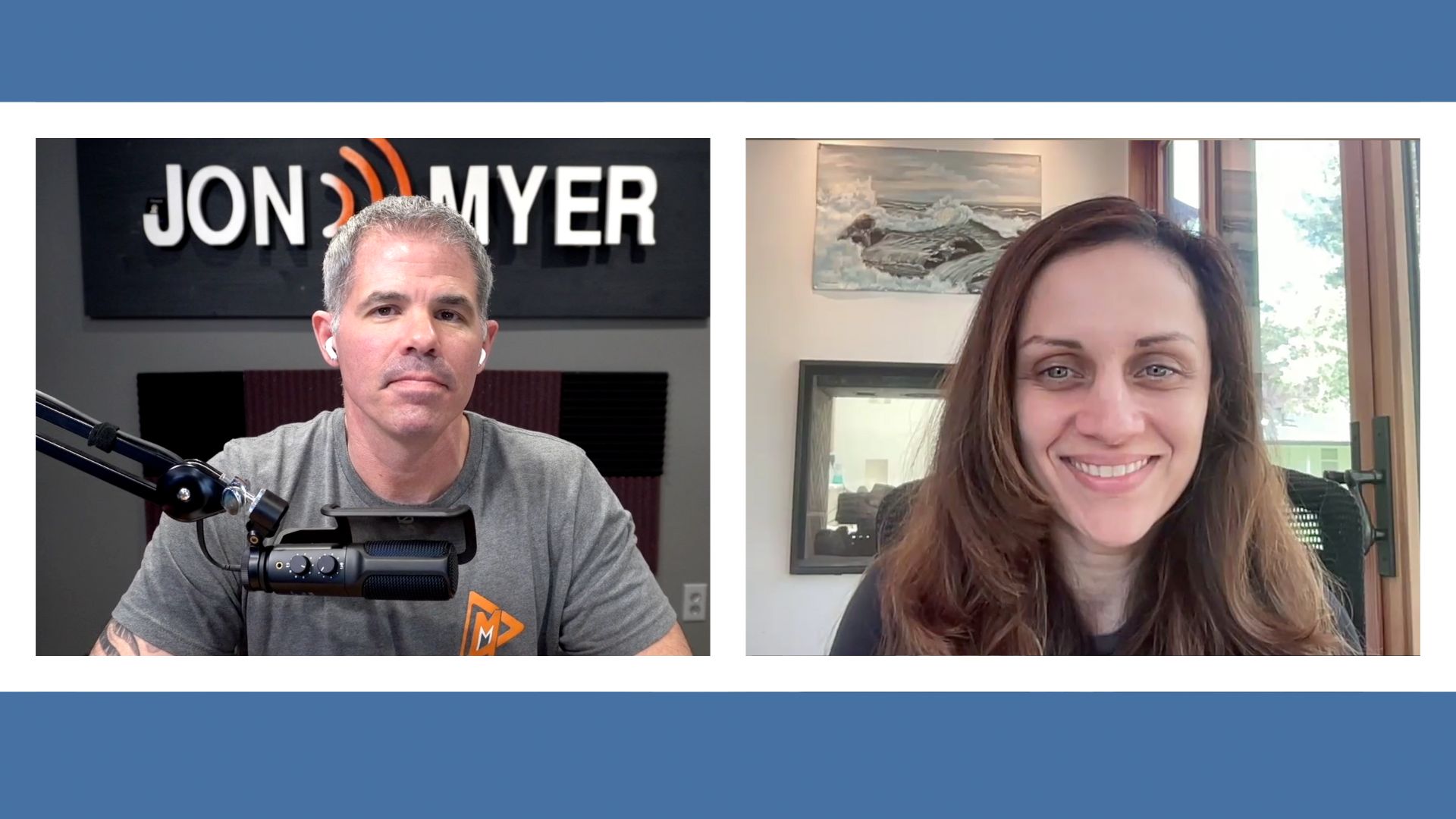At some point in our lives most of us come the realization that making the lowest cost choice doesn’t always mean you are going to realize the best value possible. Would you rather buy a $50 pair of boots that will last you two years at most, or spend $200 for a pair that my last ten years or more? Would you always go with the mechanic who gives you the lowest estimate to fix your car, or would you prefer someone who you trust to do quality work on the things that are important to you? These kind of decisions are common in enterprise IT as well.
Value in IT Spending
Ever had a “smart buy” server forced upon you that was purchased at a cut rate price at the end of a vendor’s quarter, only to find out that it is not up to spec for its intended purpose? Maybe you end up purchasing additional RAM to cram more VMs in a host. Maybe you ended up buying additional servers for a clustered application because the CPU core count was too low in the server. Maybe you end up not using the server at all because the costs of getting the server(s) up to spec is too high or you will end up with higher software licensing costs due to the need for a higher number of physical host or CPU licenses.
Those who have success in managing enterprise IT infrastructure costs know that they need visibility into how their resources are being utilized to understand where they are receiving high value and where they are perhaps leaving money on the table and can could potentially cut costs. This is especially true in the burgeoning cloud computing market. Customers often spin up whatever services they need on moments notice without closely examining costs or implementing proper governance to prevent waste.
Cloud Complications
Attend any cloud conference or summit and count the number of vendors in the expo hall that proclaim that they will help you get the lowest bill possible from AWS or Azure. I’ve spent a significant amount of time taking a look at many of these platforms to understand what kind of advantage they can provide to their customers and how they are differentiated from their competition.
One of the companies that surprised me with their approach to controlling cloud costs was Cloudability. I was briefed by Gagan Singh, Director of Product marketing during AWS re:Invent about Cloudability’s solution, and one thing he said caught my attention. While it’s true that Cloudability provides control over common cloud challenges such as cost, governance, and migration sizing, Singh told me that Cloudability focuses heavily on value when analyzing customer data.
Like many platforms, Cloudability is AI and ML driven to provide the best insights possible into a customer’s cloud usage. That data is used to make recommendations to ensure the customer is getting the best value for their cloud dollar, not necessarily paying the lowest bill possible. In short, it’s all about rightsizing. Maybe you have a fleet of big, expensive, m5.2xlarge instances that are racking up a high bill. But if they are running at high utilization to provide a business critical application that is directly tied to high revenue, then it would be unwise to try to downsize and potentially negatively impact customer experience. On the other hand if you have hundreds of t2.medium instances that are extremely low on utilization, turned off, or have the word “test” in their name, there is probably a good chance they could be culled to cut unnecessary spending.
Ken’s Conclusion
Technical knowledge is obviously regarded highly in enterprise IT and for good reason. But its wisdom that truly differentiates decision makers and help transform IT from a cost center into a business partner. Being able to understand how decisions impact business operations and affect the overall bottom line and revenue of the organization are paramount. Having a tool in your toolbox like Cloudability gives the edge that will separate true value to the business from simply cutting costs.




